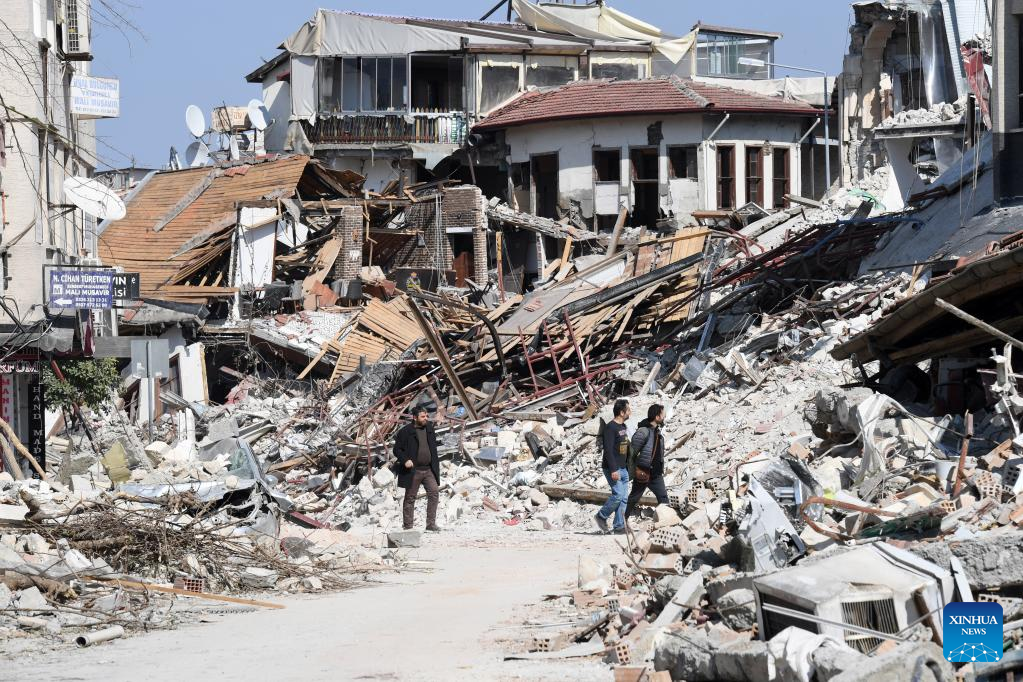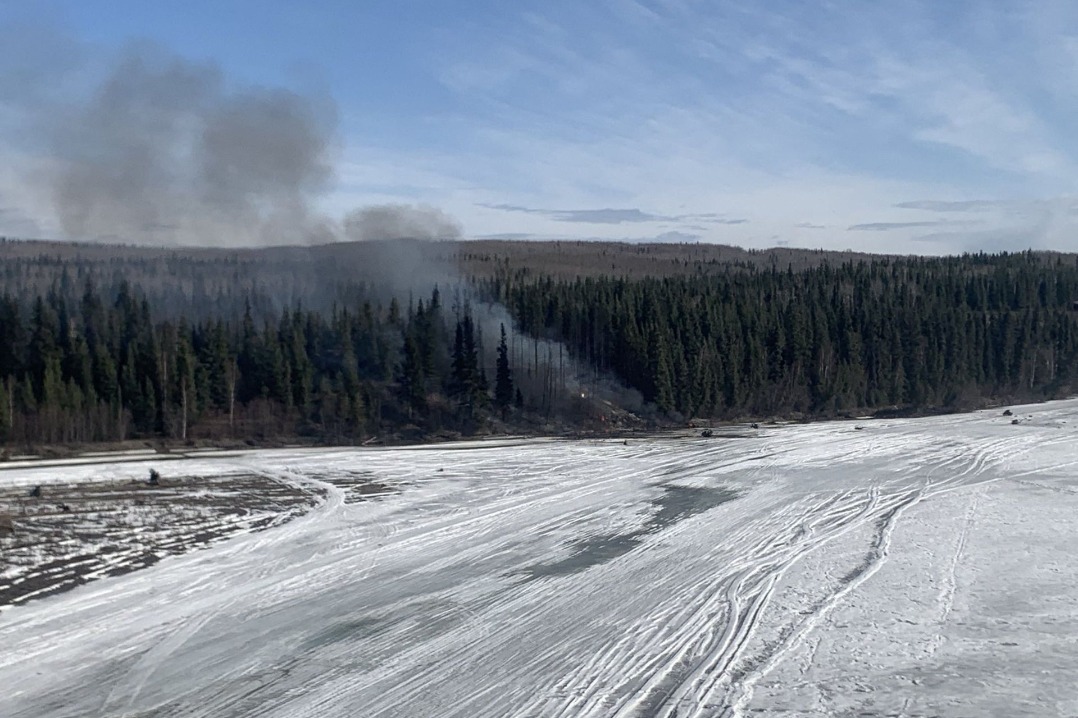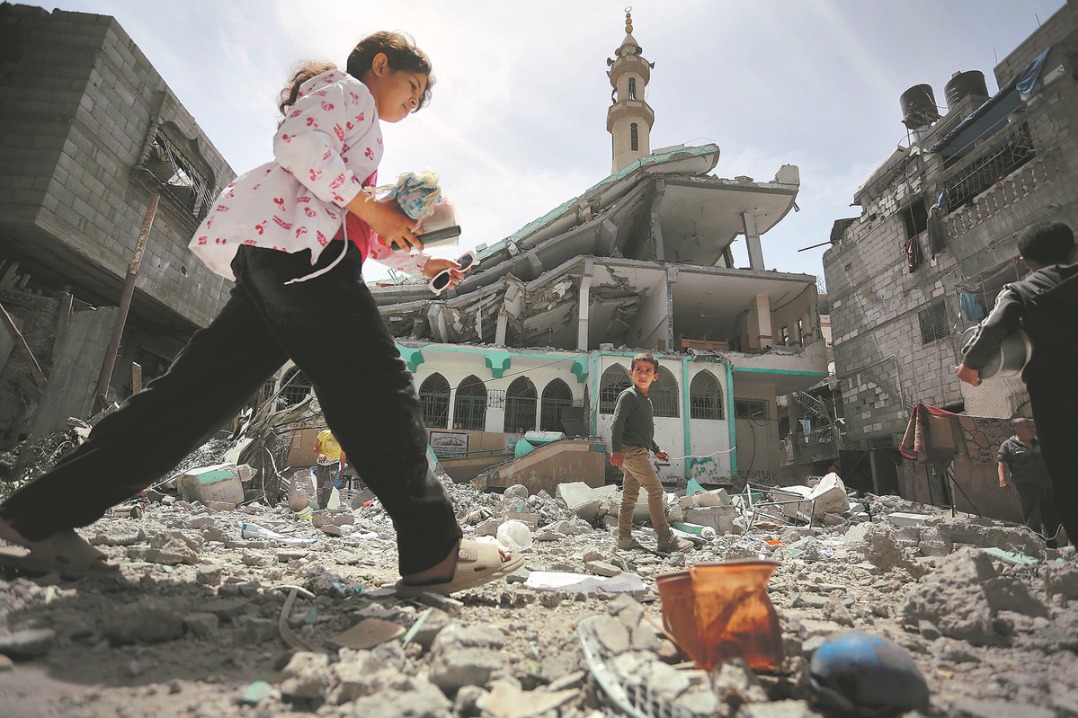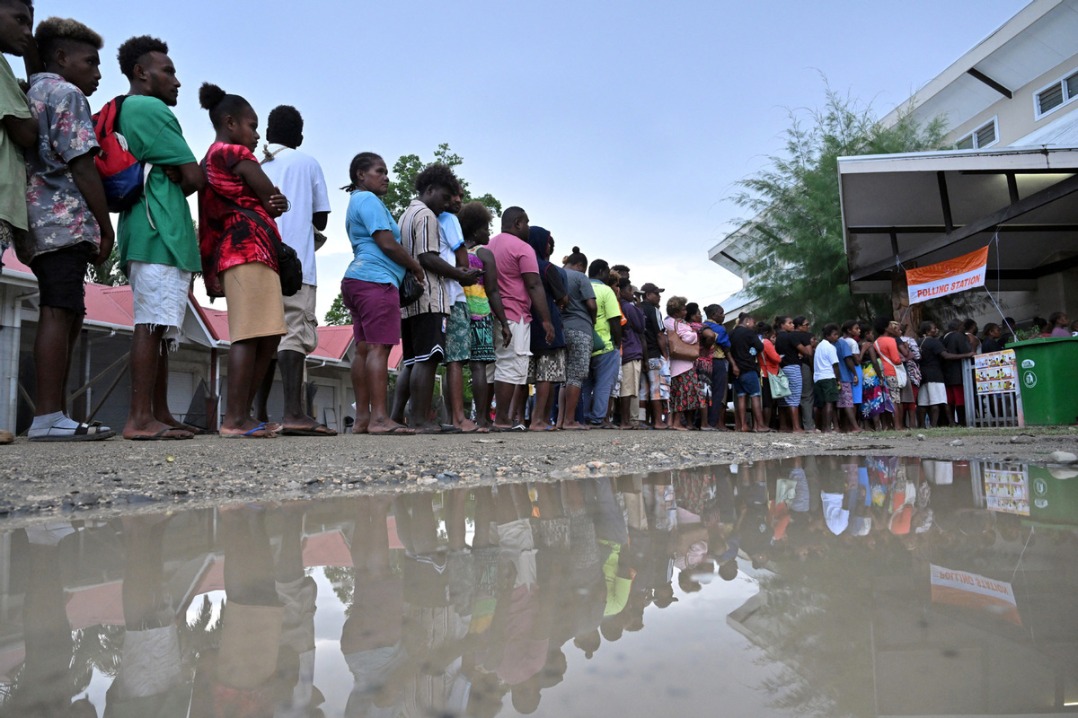Earthquake damage studied


Experts probe aftermath of quakes to see what decided the fate of buildings
An international team of engineers and other experts has arrived in Turkiye to try to find out why some buildings disintegrated while others remained standing during the recent earthquakes that hit the nation's south.
The team — comprising structural and civil engineers, building industry experts, and academics — plans to collect geological data and carry out detailed assessments alongside colleagues from Turkiye.
The specialists, known as the Earthquake Engineering Field Investigation Team, or EEFIT, hopes to be able to shed more light on the construction techniques and styles that should be avoided in earthquake zones, and those that worked well, and will be especially interested in the type and size of stones that are mixed with wet concrete during the construction process.
Experts in Turkiye have already highlighted the fact that many of the buildings that failed were made of concrete that contained large stones and rocks.
Turkish experts have also found steel bars inside the hardened concrete of collapsed buildings that were supposed to have made the concrete stronger but that seemed to have weakened it, because the bars were smooth instead of ridged and were difficult for wet cement to bond to.
Professor Emily So, director of the Cambridge University Centre for Risk in the Built Environment, who is a co-leader of the EEFIT team, told the BBC: "It's important to get the full picture, rather than just looking at a snapshot of a single asset or a single building."
She said the team, which has been probing earthquake damage for three decades, will also be looking at building styles that stood up to the quake unexpectedly well.
"The successes of the buildings that are still intact and perform perfectly well are as important as the neighboring buildings that have collapsed," she said. "And actually having that distribution, having that overview, is really key to what we can learn from this earthquake."
Yasemin Didem Aktas, from University College London, who is leading the team alongside So, said the EEFIT investigators will also be looking at Turkiye's building regulations, to see whether they could be improved following the 7.8 magnitude earthquake that hit the region close to Turkiye's border with Syria on Feb 6.
The disaster killed at least 50,000 people and flattened countless buildings.
While many old buildings failed and many modern, earthquake-proof structures did not, things did not always play out as expected and the team will be looking at why some buildings that might have been expected to fall did not, while some that should have survived failed spectacularly.
The United Nations has said it will likely cost more than $100 billion to rebuild homes and other buildings destroyed within Turkiye during the powerful earthquake.
The EEFIT team plans to publish its findings in the coming weeks.



































